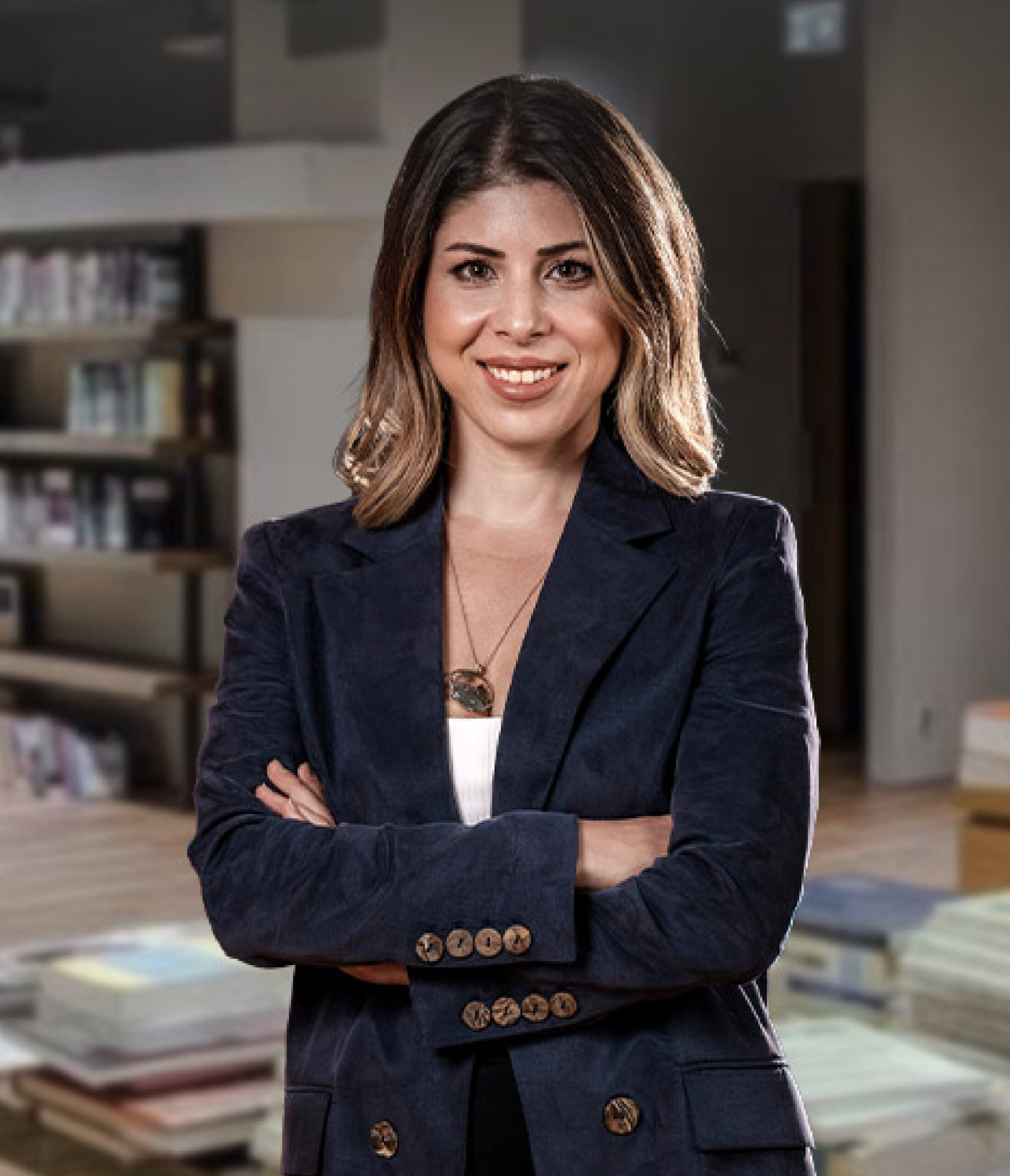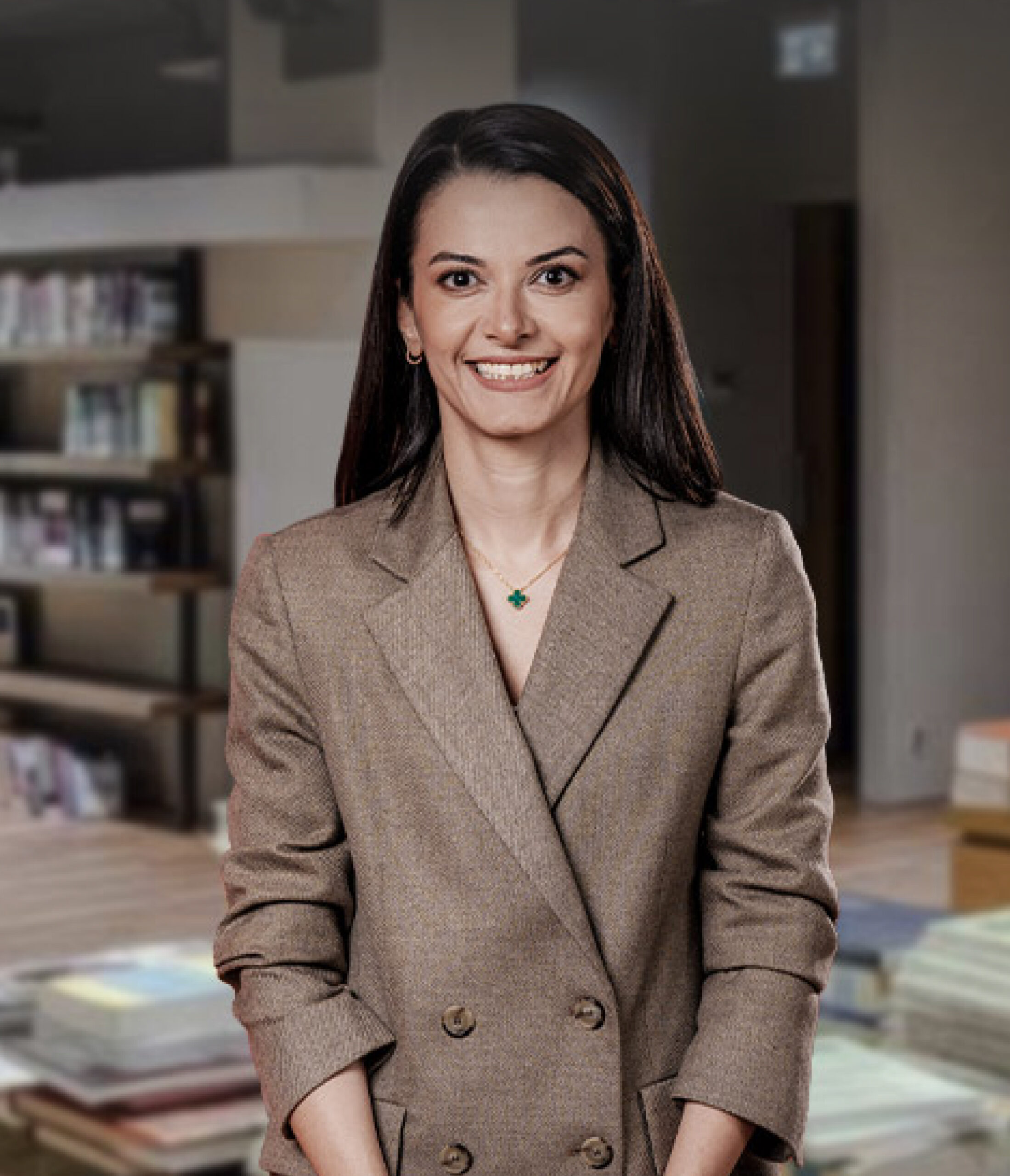In Turkey, and perhaps elsewhere, today’s technological revolution has made it harder for businesses to register and enforce trademarks because changing technology has made it more difficult to classify products.
The problem has become more acute as we move into the fourth industrial revolution (Industry 4.0), which involves ever-increasing trends toward digitalization and data exchange. It has brought us: the internet of things (IoT), the industrial internet of things (IIoT), cyber-physical systems (CPS), smart manufacturing, smart factories, 3D printing, cloud computing, cognitive computing, artificial intelligence and more.
We use glasses, watches and rings that are connected to other devices; track our data, activity and set reminders; take notes, send messages to other devices we use; and share the data with our families and colleagues,all with the help of Industry 4.0.
As our lives change, our laws evolve in response, or at least should. Rapidly growing trends in Industry 4.0 mean the current legal frameworks require changes and different practices. Trademark law is no exception, particularly regarding the classification of goods and services covered by trademarks.
Trademark Challenges Due to Changing Technology and Applications
A few decades ago, it was simple to determine the classification of a software-related trademark, which would, using the current classification system, belong to Class 09 or Class 42. Today, it has become much more difficult because modern high-tech software and hardware products have many different functions, and therefore many different possible classifications for purposes of trademark registration.
Consider, for example, a virtual reality headset, which is basically a hardware apparatus for game consoles. Since it is a hardware device, it is directly classified as an item in Class 28 pursuant to the World Intellectual Property Organization’s 11th edition of the Nice Classification. However, there is also software implemented in these devices, which is used and downloaded through different channels. Therefore, Classes 09 and 42 are also relevant for the trademark. Finally, services are often provided in connection with the product, including communication and education, among other things. The product’s multifaceted, multifunctioning nature requires careful, often complex, analysis in terms of properly classifying goods and services in connection with trademark application.
One of the challenges trademark practitioners face is grappling with the current classification system to ensure that multifunctioning technology gains the proper coverage through the registration. There are too many companies which do not directly provide actual software or computer services, but the nature of their business requires protection within those classes. Due to broad coverages (e.g., “computer software” and “computer services” in classes 09 and 42) the earlier registered trademarks often block later filings.
For example, an entertainment company that sells virtual reality headsets is not necessarily a competitor of software development company, considering that it does not develop or offer a variety of software. Rather, it only implements software to its headset for entertainment purposes. The software may even be outsourced. However, does this mean that the headset company does not deserve protection in Class 09, due to existence of an earlier trademark which has an unjustifiably broad registration?
Considering the rapidly growing technology, it is clear there is a need to define or limit the trademark registration scope of “software” and “computer services.”
The European Court of Justice (CJEU), in a relatively recent judgement, addressed key questions, involving the clarity and preciseness of “computer software,” which were referred by the UK Court of Appeal in the case of Sky v. SkyKick. Even though the status of “computer software” was not directly addressed, the requirement for clarity and precision of the specification of goods and services and the concept of bad faith for broadly filed specifications were discussed in the decision.The CJEU ruled that lacking clarity or impreciseness are not grounds for invalidity It stated that filing a trademark without intention to use it can constitute bad faith.
The United States practice is a good example for the serious intention to use standard. The United States Patent and Trademark Office explains that if a company has not used its mark in commerce yet, but has a good faith intention to do so in the future, it can file an application to register the trademark or service mark with an intent-to-use (ITU) filing basis.
The practice in South Korea is another important approach. The Korean Intellectual Property Office (KIPO) has decided to classify the software goods in Class 09 as system software, game software and application software, which is a very practical approach considering the fact that software with different purposes is different among non-competing actors.
In Turkish practice, using all class headings in the whole class is common in order just to block the other third parties without an intention to use it.
Following the recent CJEUdecision, the EUIPO published a statement (on 20 February 2020 titled Decision of ECJ Case C 371/18, Sky and Others) welcoming the decision of CJEU and inviting the applicants carefully consider their business needs before applying for overly broad lists of goods and services.
These developments give brands (and practitioners) some hope that there is room to work within the classification framework, especially in the jurisdictions where class headings are commonly preferred. We hope that the actual status of computer software is going to be discussed in the near future as well, considering that our daily use of all items include software.
Classifying Trademarks in Turkey: Practical Tips and Problem Areas
The other problematic issue that often arises in Turkey due to overly broad registrations is a failure to consider the actual use when assessing the risk of confusion, as the current practice is to recognize the similarity between the goods and services covered by the same subclasses.
Class 09 is so broad that it touches almost every field of industry, including the automotive, electronics, aerospace, chemical, pharmaceutical, defense, telecommunications, construction, textile, energy, and petroleum industries.
Just because they are gathered under the same class and/or subclass does not necessarily mean that any goods related to one of these areas are indistinguishably similar. On the contrary, there might be a significant difference between the software-covered goods in the chemical industry and in the automotive and telecommunication sectors. However, the current system allows the owners who have overly broad registration coverage to block trademark owners who use their trademarks in a very specific field and who file very tailored and limited specifications.
Turkish Courts Less Strict Than Office
When a trademark blocks another trademark from registration due to the reasons cited above, every trademark practitioner instinctively starts assessing the infringement risks that the rejected trademark owner could face.
Fortunately, the assessment of infringement by the courts in Turkey is not as strict as the assessment of rejection by the Turkish Patent and Trademark Office. Given that the courts are inclined to consider the actual use of the trademarks, they often do not conclude that the goods and services that are covered by the same subclass are similar. As a result, other factors of the relevant situation, as well as the risk of confusion, are considered.
Why Changes Are Needed
The current approach to software-related trademark coverage requires changes including:
- The practice of finding goods and services that are covered by the same subclasses to be the same and similar, and adopting a similar approach as KIPO and USPTO
- Departing from the rule of not considering the actual use
- Departing from the rule of class-heading system
- Refining the subclasses that cover overly broad goods and services
As Industry 4.0 continues to grow and evolve, the law must evolve with it. Carefully constructing the goods and services list is one option and considering the actual use is another option. However, one thing is certain: classifying all software and software-related items under one or two Classes does not serve the intended purpose of protecting a trademark.




